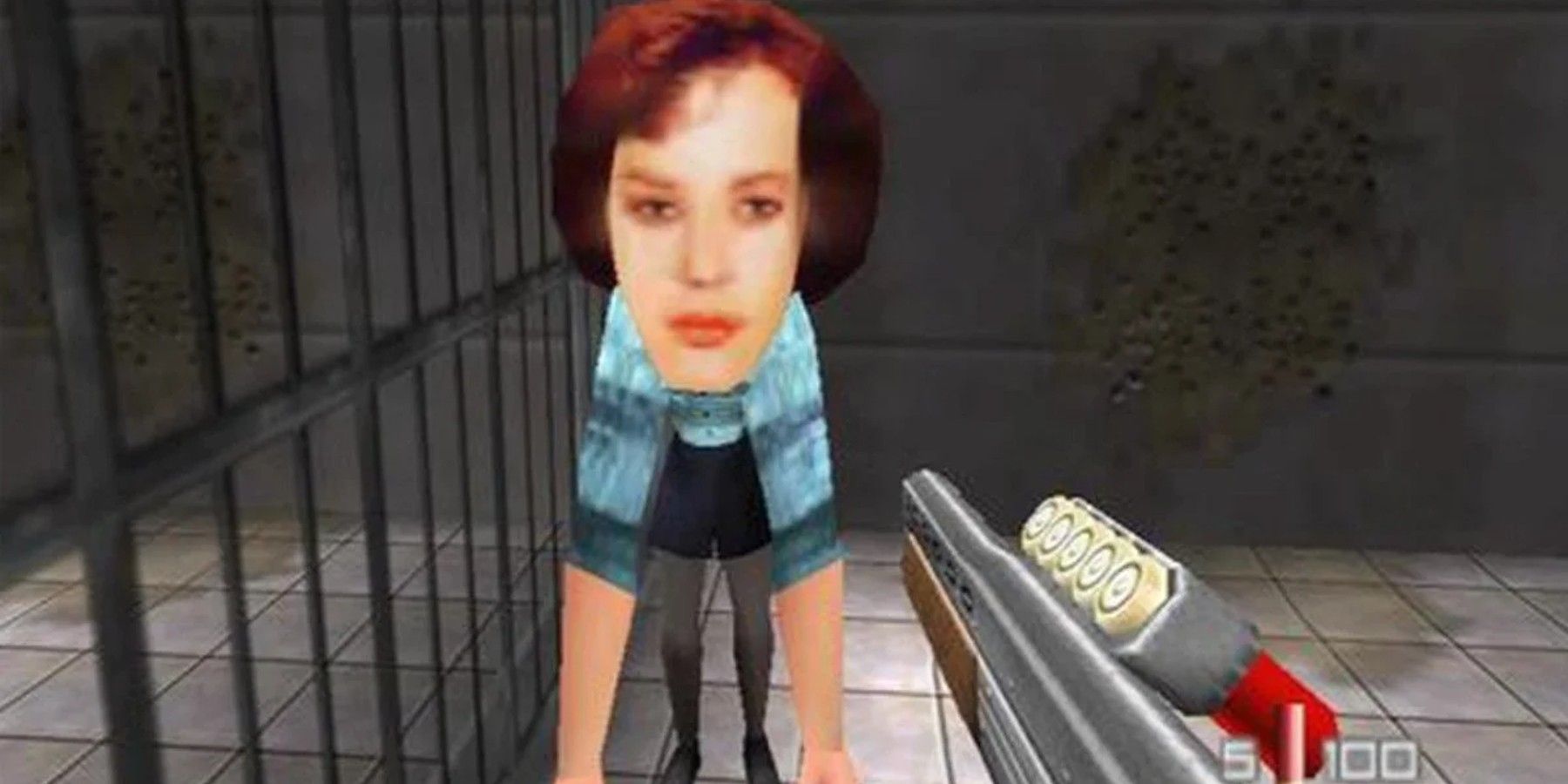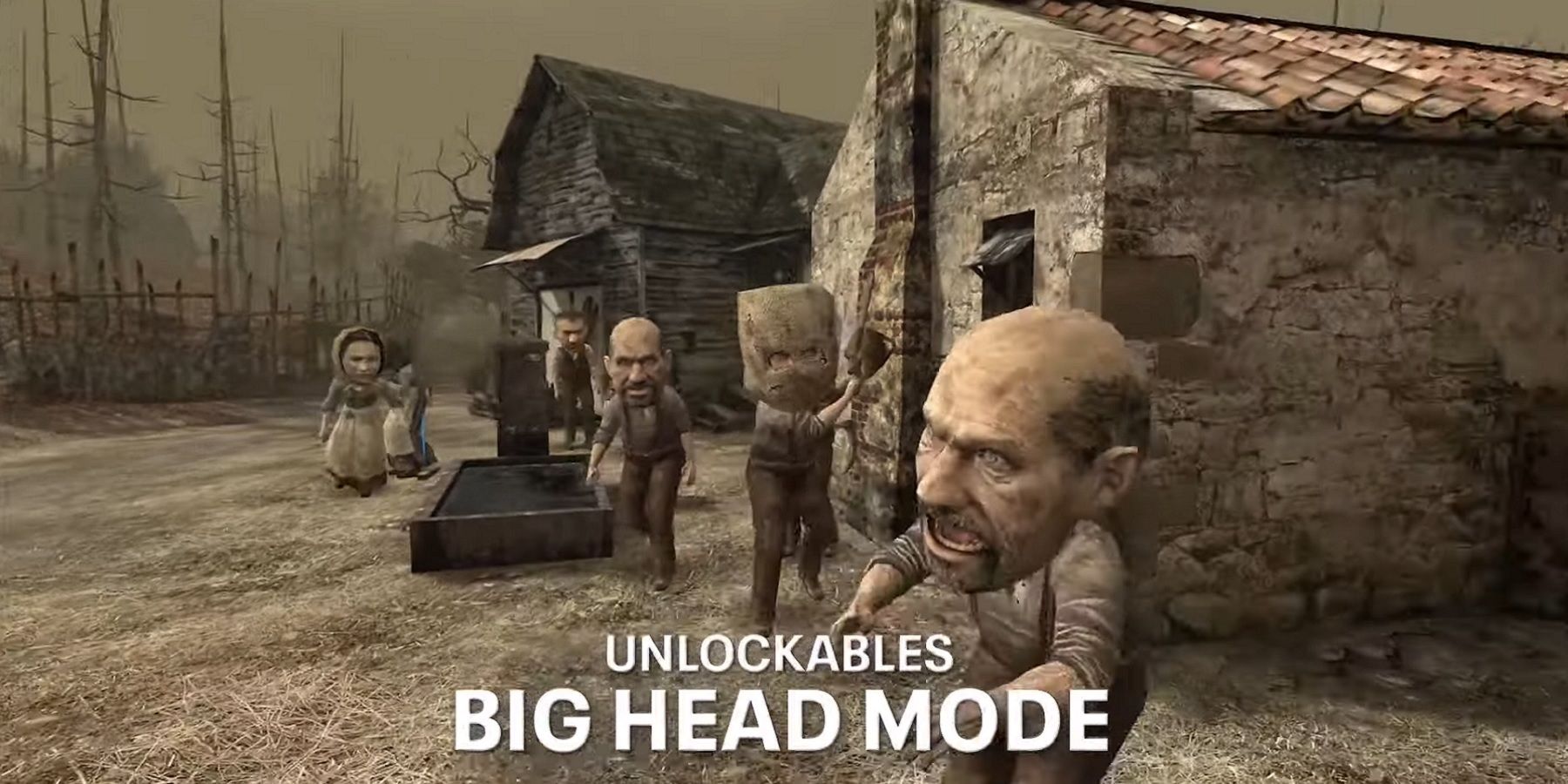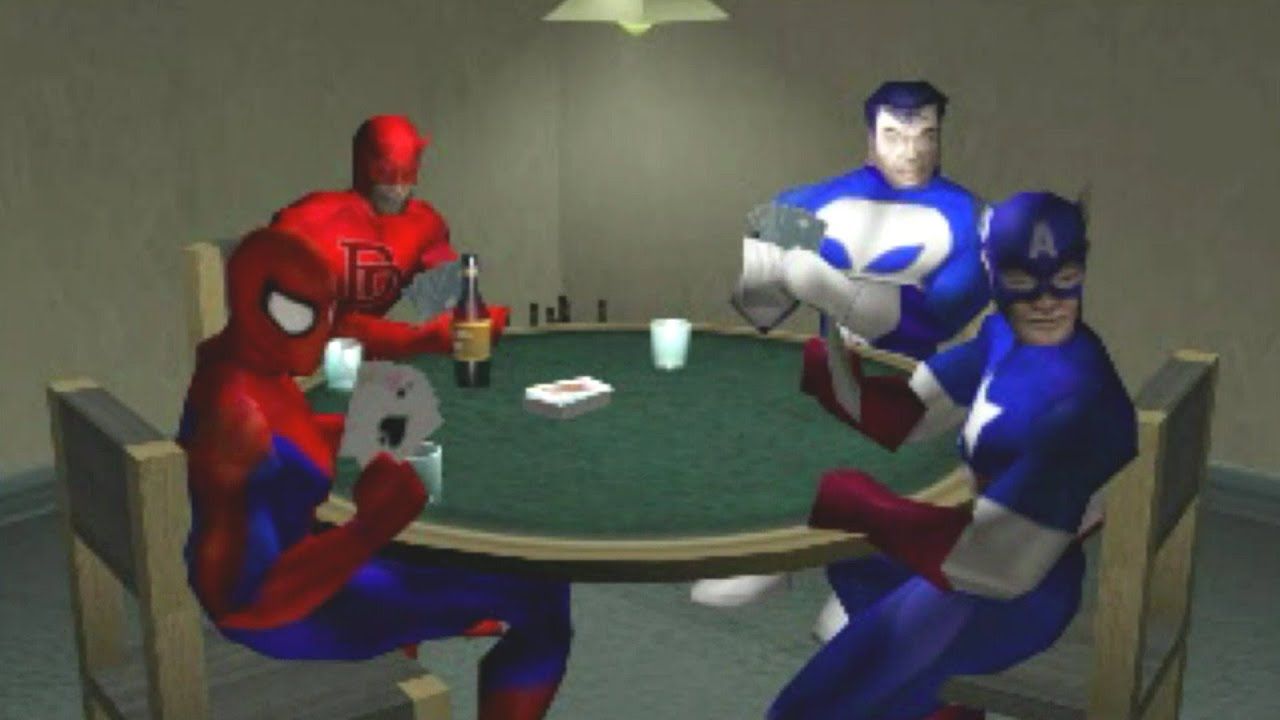Like any entertainment medium, gaming can illicit a whole host of different emotions in its audience. On one hand, games like The Last of Us can take players on harrowing journeys of pain, grief, and suffering, but on the other it can deliver some of the most wonderfully uplifting experiences ever conceived. Very rarely, the line between the two extremes can be blurred just a little. This is where the 'silliness switch' trope comes into play.
Though it's mainly present in lighthearted experiences, the 'silliness switch' trope in gaming can sometimes be found in even the most grim adventures, often unlocked as some breezy post-game content or found as a surprising secret amid the chaos. No matter how it manifests, the 'silliness switch' has one goal and one goal only: to make the player laugh.
The Silliness Switch Gaming Trope Explained
Put simply, the 'silliness switch' gaming trope can be found in just about any game where the player can flip a switch and something overtly ridiculous happens. In the vast majority of cases, this 'silliness switch' relates to some secret selections in the options menu that modify the gameplay somehow.
This can be a 'Big Head' mode, or a setting that changes the game's color pallette, or an option to make guns fire out flowers instead of bullets. Essentially, anything that drastically changes the status quo of a video game to make it more lighthearted and absurd can be categorized as a 'silliness switch.'
The Best Examples of the Silliness Switch Trope in Gaming
One of the most iconic examples of the 'silliness switch' gaming trope can be found in the Nintendo 64 classic, GoldenEye 007. By beating GoldenEye's third level "Runway" in under five minutes, players unlock a special mode called "DK" - better known as big head mode. Turning this setting on gives every in-game model a head of gigantic proportions, appearing unbelievably huge compared to their tiny bodies and weapons. This mode has become an iconic aspect of GoldenEye 007, and it's still funny for many players to see today.
The LEGO game franchise is another excellent example of the 'silliness switch,' with the vast majority of both licensed and non-licensed LEGO games having at least a few joke settings. The original LEGO Star Wars game had an "Extra" setting that turned all lightsabers into brooms, several LEGO games feature the Extra "Disguises" which gives characters a set of glasses and a mustache, and LEGO Indiana Jones had an Extra that let Willie's ear-piercing scream actually damage enemies. Even the most recent LEGO game, LEGO Star Wars: The Skywalker Saga, goes all-in on silly Extras with options to turn all civilians into GNK droids, make the game play a constant loop of the iconic Cantina Band theme, and turn all blaster sound effects into "pew pew" mouth noises. LEGO Star Wars: The Skywalker Saga even features a big head mode of its own.
On the most creative examples of the 'silliness switch' in gaming can be found in the PlayStation 1 game Spider-Man. If players input a code on the game's cheat screen, they'll start the game in "What If?" mode. While the general story of the game will remain the same, some events play out with different voice lines, different characters, and a ton of Marvel Comics Easter eggs. Some of the best examples are the Human Torch facing off against Mole Man during the second level, Mysterio's helmet having a goldfish in it, and Scorpion and J. Jonah Jameson playing Marco Polo during their chase sequence.



